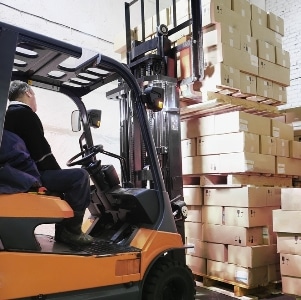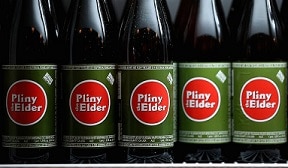 Good package design begins as an act of discovery, not a creative art form. The word “packaging” has several different meanings in commerce. It can apply to products or to services. The physical package that provides containment, protection, and merchandising for products is the type of packaging discussed here.
Good package design begins as an act of discovery, not a creative art form. The word “packaging” has several different meanings in commerce. It can apply to products or to services. The physical package that provides containment, protection, and merchandising for products is the type of packaging discussed here.
There are packages inside of packages. When you buy a quart of milk, for instance, the product is in a carton. That carton is shipped in a case. The case is shipped on a pallet. This example requires refrigeration, so that must be a consideration of the packaging, as well. Each stage is a different form of packaging that requires careful considerations that satisfy distribution requirements.
Ultimately, packaging design is limited by several shipping, warehousing, and merchandising realities. The following are just a few you must consider before you embark on your packaging design:
1. First, there’s the pallet.
The standard way of shipping is on a pallet. The standard pallet is 4’ x 4’, and is stacked approximately 4’ high. It is moved using a forklift or a squeeze press. Your product must have packaging that allows the maximum number of units to fit on a pallet. In the wine industry, the packaging design allows 14 cases to fit on a pallet, 4 levels high, for a total of 56 cases per pallet.
2. Then there are the human limitations.
The weight a human being can lift is about 30-40 pounds. Europe has instituted a regulation limiting the packaging of wine bottles in a case to 6 (about 18 pounds), rather than 12 (about 36 pounds), so a woman shopper can easily pick it up.
3. And then there’s the bridge
Your packaging must accommodate the weight highways can bear. A truck cannot exceed a certain weight – or the bridges break and the roads collapse.
4. Did I mention the truck?
A standard truck can take 22 pallets, 2 tiers of 11 pallets each. Your packaging must consider how to get it delivered using the least amount of time and money. It may be more practical for you to use smaller trucks, so design your packaging accordingly.
5. Then there’s the packaging itself.
The product purchased by the end-user likely has some packaging around it, generally to protect it and merchandise it from the shelf. That packaging is then put into a shipper. Your shipping packaging can also be cleverly designed to be displayed. This gives your product greater visibility in the store and may represent a larger purchase by the retailer. If you plan to stack your boxes (in the store or on the pallet), structure and durability is key. There’s a limit to the number of boxes you can stack before the bottom package collapses.
6. Finally, there’s the shelf.
The standard supermarket shelf is 14 – 16 inches high. Some specialty stores have adjustable modular shelving to accommodate specialty or imported items that don’t fit a standard grocery-store shelf.
The best time to consider packaging options is before you design your product. Talk with the distributor, the trucker, and the retailer, too. After you’ve satisfied all of these packaging realities, you can do something artistic with your packaging. More than just art, there’s a lot of science to packaging.
Of course, there’s much more that could be said on this subject. What’s been your experience? Michael Houlihan, co-founder of Barefoot Wine, the largest selling wine brand in the nation, invites you to join the discussion on Packaging with your comments, thoughts, and opinions below.


